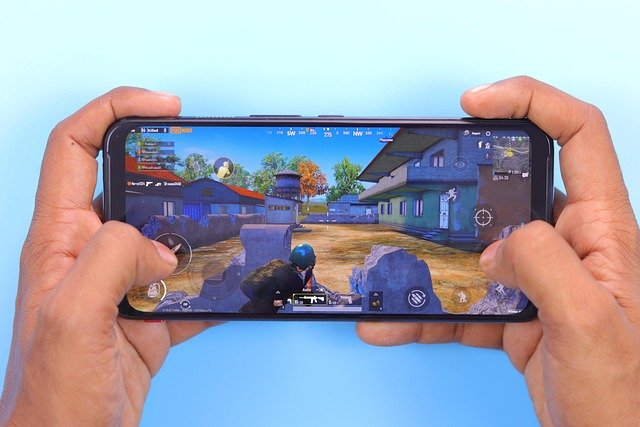Localization techniques to boost player retention worldwide
Effective localization goes beyond translation: it adapts content, interfaces, monetization, and community touchpoints to regional expectations. For games aiming to increase player retention worldwide, thoughtful localization improves discoverability, compliance, pricing, and long-term engagement across platforms and storefronts. This article outlines practical techniques to align launches, liveops, analytics, and distribution with local markets.

Well-executed localization is a strategic tool for improving player retention rather than a one-time translation task. It includes linguistic adaptation, culturalization of content, region-specific UX adjustments, local payment methods and pricing, and community moderation tuned to local norms. When localization coordinates with acquisition and discoverability efforts on storefronts and platforms, players are more likely to engage, spend, and return after launches and updates.
How does localization affect retention?
Localization directly influences how comfortable players feel with your game. Beyond translated text, cultural references, voiceover, date/time formats, and iconography should feel familiar. For narrative-driven titles, localized story beats and character nuances reduce cognitive friction and deepen emotional engagement. Technical localization—like supporting right-to-left scripts or alternate input methods—prevents early churn on platforms and crossplatform builds. Prioritizing these areas during development and QA leads to measurable improvements in session length and returning users.
How can discoverability and storefronts be improved?
Discoverability depends on metadata, localized store listings, screenshots, trailers with subtitles or dubbing, and region-specific ASO keywords. Tailor storefronts to local search habits and regulatory labeling (age ratings, content descriptors) to avoid removal or reduced visibility. Coordinating localized launches across multiple storefronts and platforms increases initial acquisition, which amplifies retention if in-game onboarding and community channels are immediately familiar and localized to new players.
How should monetization and pricing adapt locally?
Monetization must reflect local purchasing power and payment preferences. Use localized pricing tiers, region-appropriate bundles, and local payment providers that players trust. Consider offering experiments during liveops to test price elasticity and conversion by region. Transparent messaging about in-game purchases in local language and compliance with regional regulations reduces chargebacks and trust issues, which can otherwise harm retention and discovery.
How do analytics influence acquisition and retention strategies?
Implement analytics that segment metrics by locale, language, storefront, and platform. Track funnels—onboarding completion, first purchase, and retention cohorts—by region to identify where localization is underperforming. Use A/B tests for localized onboarding flows, pricing, and messaging. Data-driven iteration informs which markets need deeper culturalization, alternative monetization models, or different acquisition channels to improve LTV and long-term retention.
How can platforms, crossplatform play, distribution, compliance, launches, liveops and community be aligned?
Crossplatform design ensures consistent experiences across mobile, console, and PC while respecting platform-specific conventions. Distribution plans should coordinate localized launch timing, adherence to compliance (data protection, age ratings, consumer law), and regional liveops schedules (events, rewards, and maintenance windows). Active localized community management—moderation in local languages, region-based social channels, and influencer partnerships—builds trust and keeps players returning after launches and updates.
| Product/Service | Provider | Cost Estimation |
|---|---|---|
| Comprehensive game localization (translation, QA, voice/localization testing) | Keywords Studios | Approximately $0.10–$0.25 per source word for full-service projects (estimate) |
| Translation management platform (TMS) with automation and connectors | Smartling | Platform plans often start near $1,000+/month for enterprise tiers; per-word rates vary by language (estimate) |
| Managed translation and crowdsourced/local QA services | Lionbridge / TELUS International | Per-word rates commonly range $0.06–$0.20, with higher rates for specialized game content and engineering support (estimate) |
Prices, rates, or cost estimates mentioned in this article are based on the latest available information but may change over time. Independent research is advised before making financial decisions.
Conclusion Localization that ties together discoverability, pricing, compliance, analytics, and community operations reduces friction at every stage of the player lifecycle. By treating localization as an iterative, data-driven component of launches and liveops—and by selecting vendors or platforms that fit your technical and budgetary needs—teams can improve acquisition efficiency and, critically, long-term retention across diverse markets.





